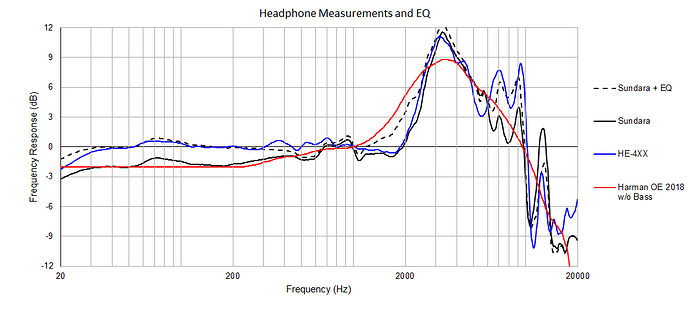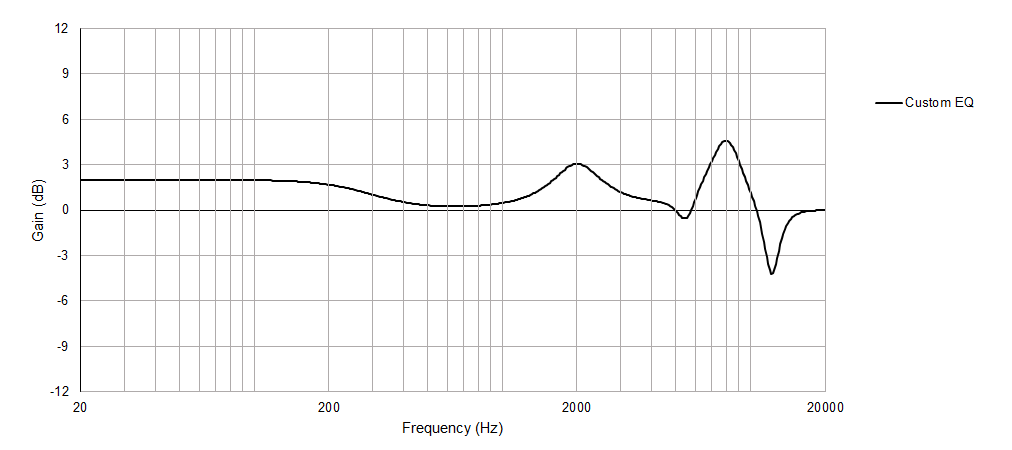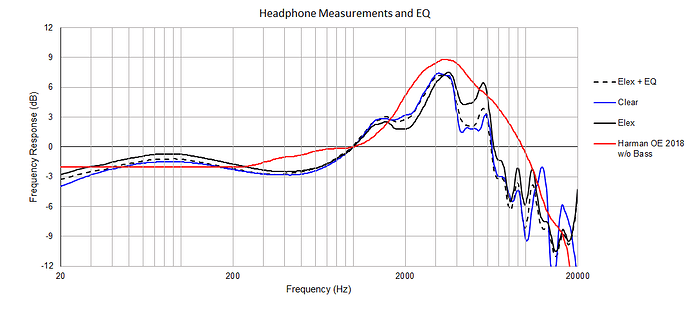So I though someone had already made a thread for this, but I couldn’t find it. Anyone else notice you can’t search two letter words like “EQ” unless you know to add the quotation marks? I suspect that’s part of the reason we have a bunch of dead EQ related threads.
Anyway this morning I’ve experimenting with my (original) Sundara to see if I can make it more “fun” sounding like the HE-4XX. This is what I came up with. Personally I find listening to stuff like pop music much more enjoyable with this tuning.
If you copy the text below to a .txt file, you easily import them to Peace or EQ APO.
Note that “LS” indicates a low shelf filter and “PK” indicates a peak filter.
Equalizer: Generic
No measurement
Filter 1: ON LS FC 300 Gain 2 Q 1
Filter 2: ON PK FC 2000 Gain 3 Q 1.6
Filter 3: ON PK FC 5500 Gain -3 Q 4
Filter 4: ON PK FC 8000 Gain 5 Q 1.8
Filter 5: ON PK FC 12200 Gain -5 Q 3
This chart shows the new theoretical response curve along with the original.
(The chart was generated using an Excel tool I’m currently developing.)





